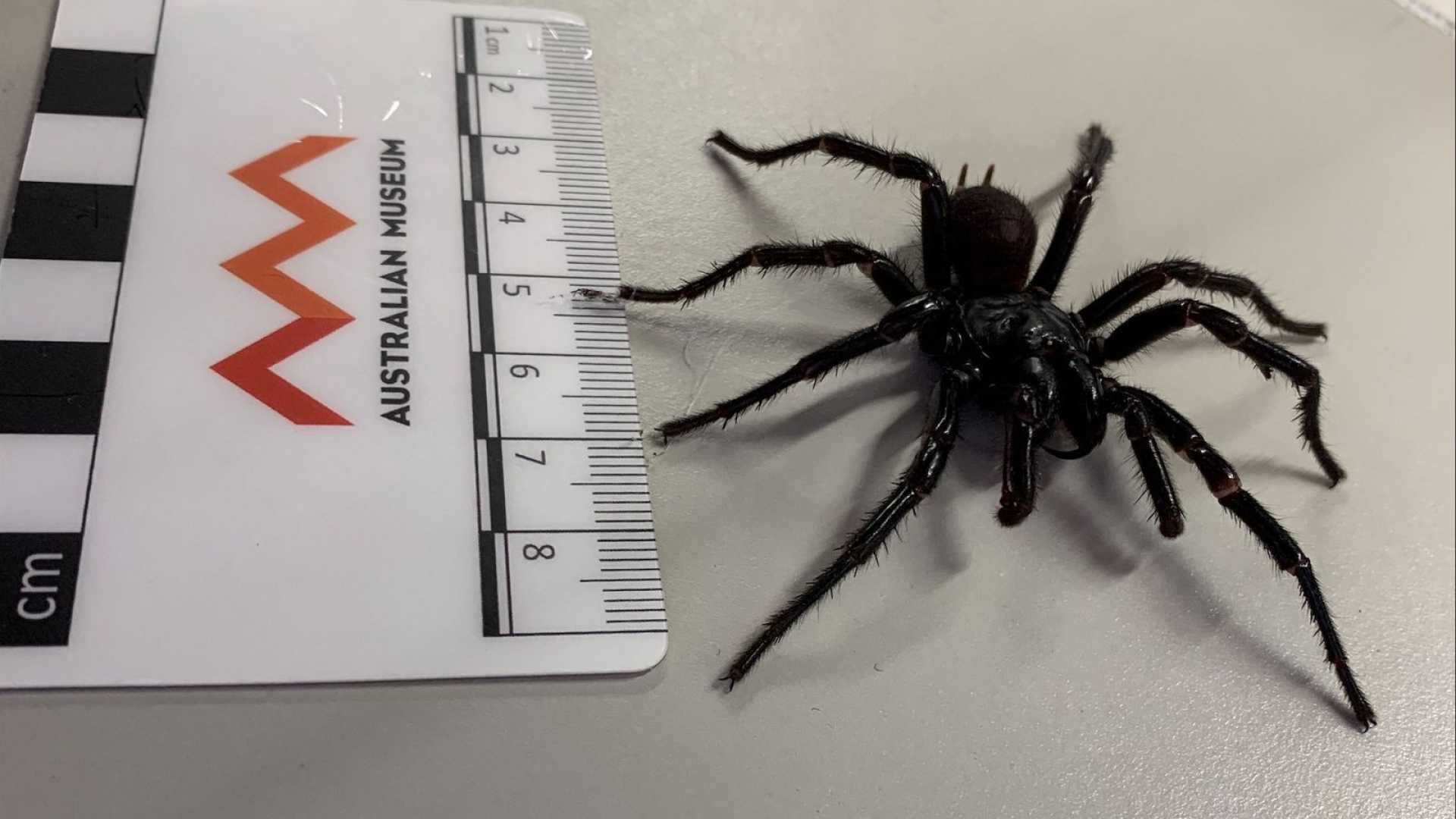Health
Larger, More Venomous Funnel-Web Spider Species Discovered in Australia

SYDNEY, Australia — Australian scientists have confirmed the discovery of a larger and more venomous species of the Sydney funnel-web spider, one of the world’s deadliest arachnids. Nicknamed “Big Boy,” the new species, officially named Atrax christenseni, can grow up to 9 centimeters (3.54 inches) long, significantly larger than the common Sydney funnel-web, which typically measures 5 centimeters (1.97 inches).
“This particular spider is a lot larger, its venom glands are a lot larger, and its fangs are a lot longer,” said Kane Christensen, the spider expert who first discovered the species in the early 2000s near Newcastle, 170 kilometers (105 miles) north of Sydney. Christensen, the former head of spiders at the Australian Reptile Park, emphasized the spider’s potency, stating, “I would not recommend touching them, that’s for sure. They do give copious amounts of venom.”
The discovery was confirmed on Monday by researchers from the Australian Museum, Flinders University, and Germany’s Leibniz Institute. The new species has been classified as a separate type of funnel-web spider, with its scientific name honoring Christensen’s contributions to the field.
Sydney funnel-webs are known for their fast-acting and highly toxic venom, particularly in males, which are responsible for all recorded human fatalities. However, no deaths have been reported since the development of antivenom in 1981. The same antivenom is effective against bites from the newly discovered species.
These nocturnal spiders are typically found within 150 kilometers (93 miles) of Sydney and are most active between November and April. Christensen warned that they can sometimes wander into homes, saying, “Sometimes you might find them in a garage or in a bedroom or somewhere in the house where they might have wandered in during the night.”
Despite their fearsome reputation, funnel-web spiders play a crucial role in Australia’s ecosystem. Scientists continue to study their behavior and venom to better understand their impact and improve safety measures for humans.












